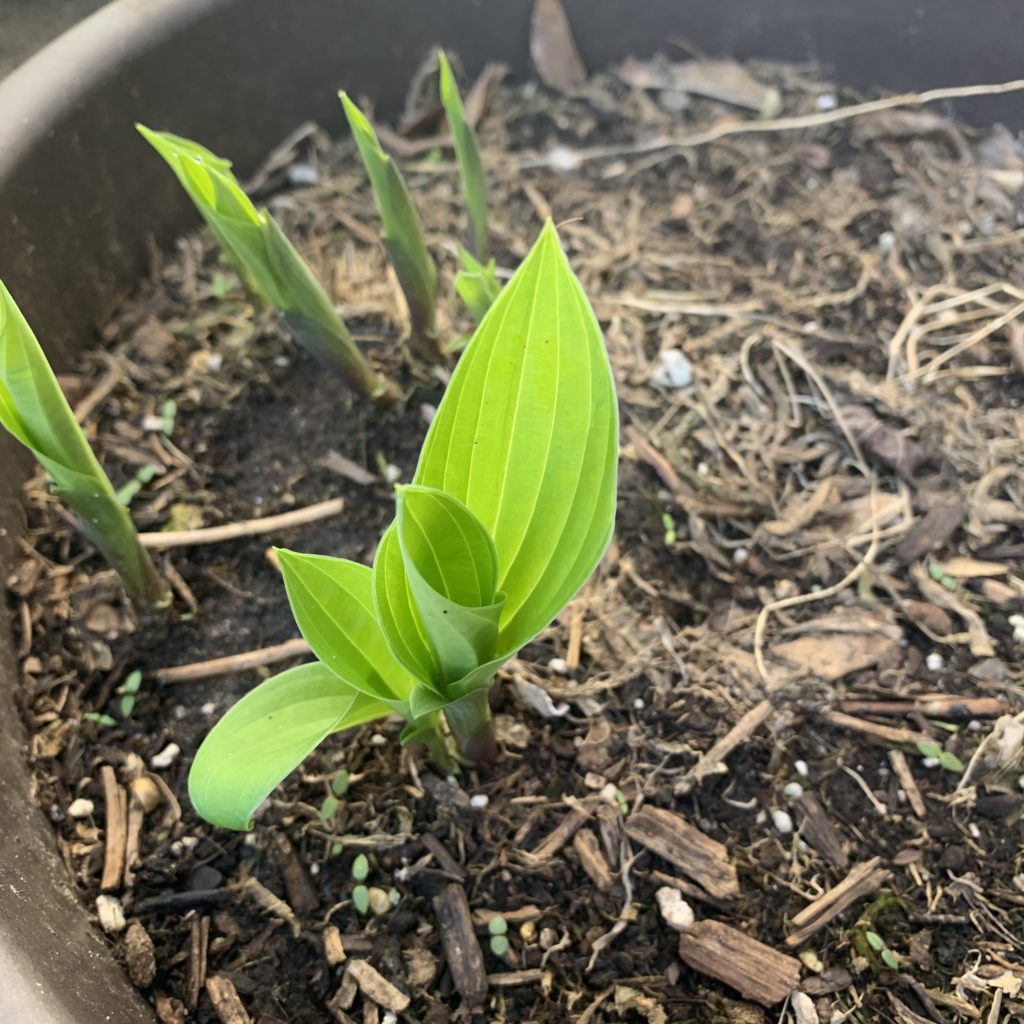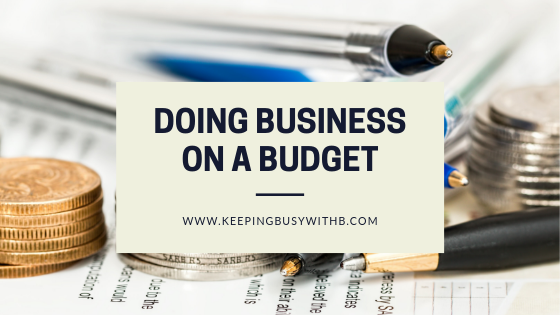Today I did something hella scary.
If you’ve been following my Instagram, you already know that lately I’ve been trying to embrace things that have previously intimidated me. Some of those things have included sharing a picture of myself in a bikini (which I’ve avoided for years) and singing in public (even though it is just karaoke).
Which brings me to today’s challenge:
Seven years ago a dear friend of mine who is also a brilliant photographer convinced me to pose for a series of photos in which I’m wearing…well, not much. I made him promise that the photos would never see the light of day and he kept his word. At least until today. On my mission to be more daring I decided to post one of the photos online and it is probably the most frightening task I have tackled so far.
I grew up in a household where body positivity was encouraged. Even though we were taught that all bodies were beautiful, as I got older I began to think that mine was the exception to the rule. The kids started bullying me about it at school. I was told that I was so ugly that I should die and the teasing became so relentless eventually I began to believe them. I felt ashamed and covered up my body and hid as much as I could. I hid for years.
Now that I’m older and learning more about myself, I’ve come to the realization that I had let other people dictate my own narrative. I had let other people’s views influence how I felt about myself. Worse, I had given these people way more credit than they deserved by accepting their comments and insults as the absolute truth. Why on earth would I value the opinion of someone else more than I valued my own? Why would I give another person such power over me?
So today I’m taking my power back. It was a nerve-racking decision but it’s one that I’m proud of. I don’t want to spend the rest my life in hiding. I don’t want to perpetuate stereotypes about what makes a body beautiful. If anything, I want to show other people with low self-esteem issues that it is possible to love yourself. You’re allowed to be proud of your body and you should be- it’s a miracle unto itself. (I’ve said it before and I’ll say it again until you believe me.) If I can learn to find myself beautiful, you can too.
But it also helps to have a really good photographer.
 Sometimes I blog about productivity and such, but sometimes I also pretend to be a model for my photographer friends. Sometimes they even let me model their clothes, like my dear friends at Paper Bagged Vintage. Having fun with photography and fashion has worked wonders for my self-esteem. What makes you feel good about yourself? Comment below or let’s talk in private: you can DM me on Insta, or shoot me a line at keepingbusyb@gmail.com.
Sometimes I blog about productivity and such, but sometimes I also pretend to be a model for my photographer friends. Sometimes they even let me model their clothes, like my dear friends at Paper Bagged Vintage. Having fun with photography and fashion has worked wonders for my self-esteem. What makes you feel good about yourself? Comment below or let’s talk in private: you can DM me on Insta, or shoot me a line at keepingbusyb@gmail.com.







 What have you done in your life recently to make a change? How did you know that you were ready for one? Comment below or share your story by emailing me at keepingbusyb@gmail.com
What have you done in your life recently to make a change? How did you know that you were ready for one? Comment below or share your story by emailing me at keepingbusyb@gmail.com


